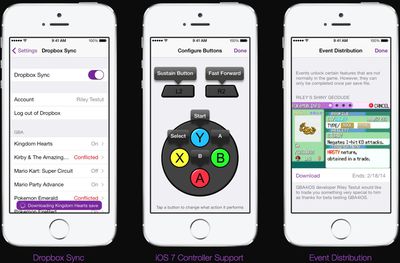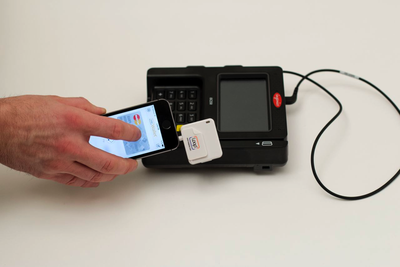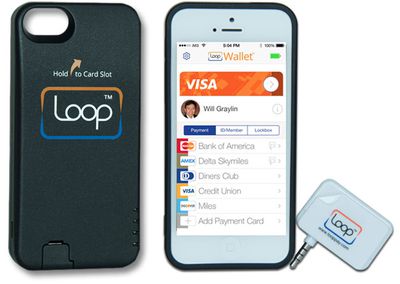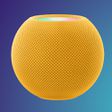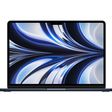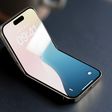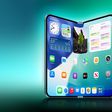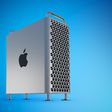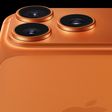Google today launched Project Tango, an experimental smartphone and developer kit that incorporates 3D sensors able to map indoor and outdoor environments. Designed as a 5-inch phone containing custom hardware and software, the first Project Tango prototype makes more than a quarter million 3D measurements each second, tracking three-dimensional motion to create a visual 3D map of the space around itself.
Google describes Project Tango primarily as a mapping tool, automatically capturing the world around each user to provide directions, dimensions, and environmental maps.
What if you could capture the dimensions of your home simply by walking around with your phone before you went furniture shopping? What if directions to a new location didn't stop at the street address? What if you never again found yourself lost in a new building? What if the visually-impaired could navigate unassisted in unfamiliar indoor places? What if you could search for a product and see where the exact shelf is located in a super-store?
The company also pictures Project Tango as the first step towards fully immersive augmented reality games that merge gameplay with real world locations.
Imagine playing hide-and-seek in your house with your favorite game character, or transforming the hallways into a tree-lined path. Imagine competing against a friend for control over territories in your home with your own miniature army, or hiding secret virtual treasures in physical places around the world?
According to TechCrunch, Project Tango utilizes a vision processor called the Myriad 1, from Movidius, which is incredibly power efficient compared to other 3D-sensing chips on the market. The power necessary for 3D chips to function has thus far been one of the major issues preventing the technology from being incorporated into a smartphone, but because it functions like a co-processor much like Apple's own M7 motion co-processor, it is able to draw less power.
Project Tango's three-dimensional mapping capabilities are similar to technology developed by PrimeSense, a company that Apple acquired last year. PrimeSense developed the technology used in Microsoft's original Kinect and went on to create motion-sensing mobile chips capable of scanning an environment in full 3D. PrimeSense imagined the technology could be used for interactive gaming, indoor mapping, and more, much like Project Tango.
It isn't clear how Apple plans to use PrimeSense's technology in future devices or whether it has plans to release a smartphone that supports a 3D chip, but Project Tango demonstrates some of the potential capabilities of 3D sensing built into mobile devices that Apple could replicate should it choose to go in that direction. Apple has expressed interest in 3D indoor mapping in the past, having acquired indoor mapping company WiFiSlam in early 2013.
Google is recruiting professional developers to create apps for Project Tango and wants work to begin as soon as March. The company is distributing 200 prototype dev kits, inviting developers to describe what they would build using the technology. Google plans to give out prototype kits for developers interested in navigation/mapping, single/multiplayer games that use physical space, and new algorithms that use processing sensor data.




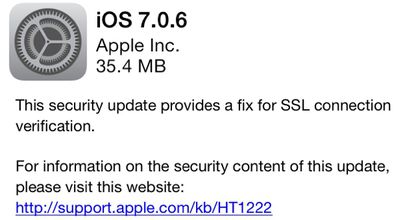

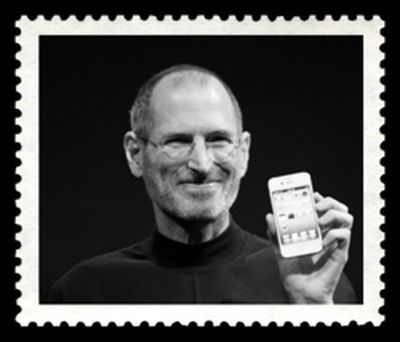 The United States Postal Service today approved a commemorative Steve Jobs stamp that will be printed as part of a collectible series next year, according to
The United States Postal Service today approved a commemorative Steve Jobs stamp that will be printed as part of a collectible series next year, according to 
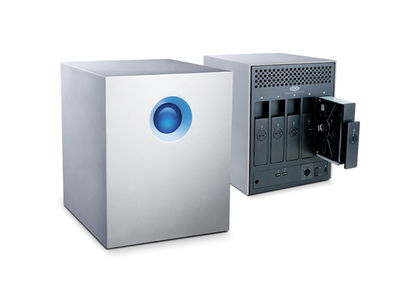

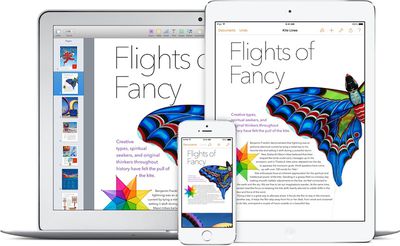
 Following a report
Following a report 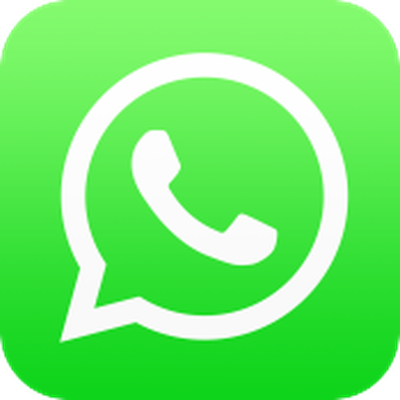 Facebook is buying the hugely popular WhatsApp for
Facebook is buying the hugely popular WhatsApp for 